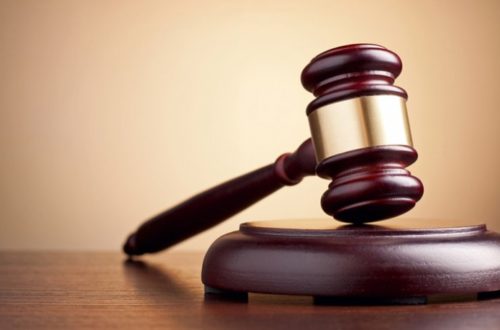Singer and television personality Marie Osmond recently announced she would not be leaving her fortune to her children. Individuals are free to incorporate decisions to disinherit heirs, as Marie Osmond did, in their estate plans; however, this often leads to litigation after the individual passes away. Litigation over an estate can be particularly difficult and expensive because the person with the most direct knowledge about the estate – the decedent – is no longer alive to testify. What are some practical steps to avoid or mitigate the risk of litigation?
Make Your Estate Plan Known
A testator (individual making a will or providing a legacy) seeking to disinherit heirs can take certain practical steps to ensure his or her relatives are aware of the specifics of the estate plan. One option would be to put the plan in writing, including the decision to disinherit certain heirs, and sign and date the writing. Additionally, the testator could circulate his or her fully executed will in advance of his or her death, ensuring that individuals receiving bequests (or gifts) in the will, and disinherited individuals, have an opportunity to review it. Finally, following the example of Marie Osmond, the testator could otherwise publicly announce his or her intention to disinherit specific individuals.
The particular circumstances dictate the appropriate actions, but each of the above practical steps would, at least, provide an opportunity for the testator to discuss the estate plan with his or her relatives and confirm the validity of the testator’s intent to disinherit those individuals excluded from the estate plan.
The Option of Living Probate
As discussed in a previous blog post, North Carolina is among several states that provides a formal avenue to validate a will in advance of the testator’s death: living probate.
Living probate is the process by which a testator requests the court issue an order declaring the testator’s will valid. If the will is valid, the ruling is binding on all parties to the proceeding and those parties are barred from filing a caveat challenging the will after the testator’s death. Further, the testator or the court, on its own motion, may order that the probated will cannot be revoked by a subsequent will or other revocation unless the subsequent will or revocation is declared valid via living probate. Finally, any party to the proceeding, including the testator, can request the court to seal the judgment and keep it confidential. An order of the clerk would be required to unseal the judgment to any party other than the testator, the testator’s attorney, or any court reviewing the matter. Upon the testator’s death, the sealed file will be unsealed upon the request of any interested person.
Living probate is a good option if the testator believes a dispute over his or her will is likely to occur; however, living probate can also create impediments to revoking or changing a will. As a result, it is important to consult with an attorney to determine if living probate, and/or the practical measures discussed above, are right for the particular testator.
If you have questions regarding a trusts and estates dispute, including the probate of a will, please call us at (704) 457-1010 to schedule a consultation. For more information regarding our firm, attorneys, and practice areas, please visit https://lindleylawoffice.com/.





